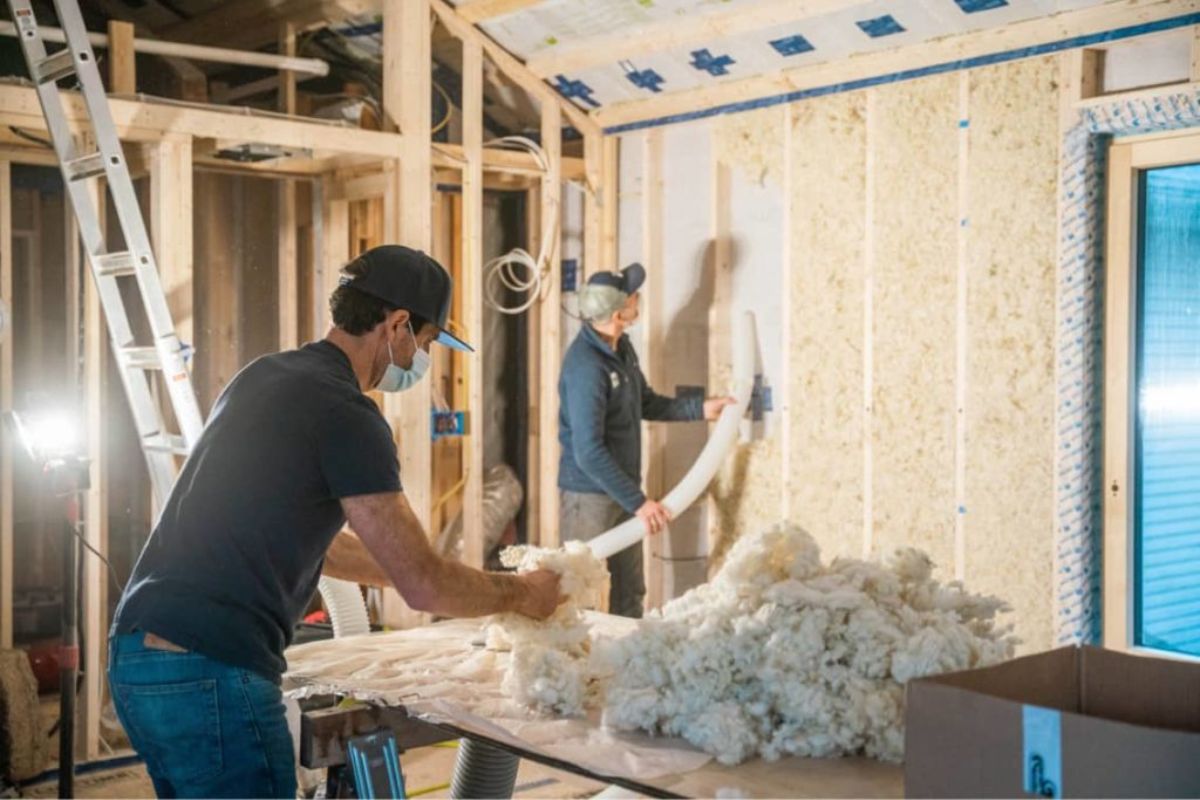

Articles
How Thick Is R-19 Insulation
Modified: December 7, 2023
Discover the thickness of R-19 insulation in this informative article. Find out how this insulation can improve your home's energy efficiency.
(Many of the links in this article redirect to a specific reviewed product. Your purchase of these products through affiliate links helps to generate commission for Storables.com, at no extra cost. Learn more)
Introduction
Welcome to our comprehensive guide on R-19 insulation thickness. If you’re considering adding insulation to your home or business, understanding the different options and their specific thicknesses is key to making an informed decision. In this article, we will delve into what R-19 insulation is, how its thickness is determined, and various factors that can affect its effectiveness. By the end, you’ll have a clear understanding of R-19 insulation and the optimal thickness to achieve maximum energy efficiency and comfort.
Key Takeaways:
- Choosing the right thickness for R-19 insulation is essential for energy efficiency and comfort. Factors like climate, building type, and local regulations influence the ideal thickness. Consulting professionals ensures informed decisions for optimal insulation.
- R-19 insulation thickness impacts energy savings and indoor comfort. Consider climate, building codes, and material performance when determining the ideal thickness. Expert advice ensures effective insulation for long-term benefits.
Read more: What Is R-19 Insulation Used For?
What is R-19 Insulation?
R-19 insulation is a type of thermal insulation that is specifically designed to provide a high level of resistance to heat flow. The “R” in R-19 stands for resistance, and the number 19 represents the insulation’s ability to resist heat transfer. The higher the R-value, the greater the insulation’s resistance to heat flow and the better its thermal performance.
R-19 insulation is commonly used in buildings, including residential homes and commercial spaces, to improve energy efficiency and reduce heating and cooling costs. It is typically made from materials such as fiberglass, mineral wool, or cellulose, which are chosen for their insulating properties and durability.
One of the key features of R-19 insulation is its thickness. The thickness of R-19 insulation refers to the depth or thickness of the insulation material itself. This measurement is crucial as it directly impacts the insulation’s effectiveness in preventing heat transfer and maintaining a comfortable indoor environment.
Let’s explore how the thickness of R-19 insulation is determined and factors that can influence the choice of thickness for different applications.
Understanding Insulation Thickness
Insulation thickness plays a crucial role in determining the insulation’s ability to resist heat flow. The thickness directly affects the R-value, which indicates the insulation’s thermal resistance. Generally, the thicker the insulation, the higher the R-value and the better its performance in preventing heat transfer.
Insulation thickness is typically measured in inches or millimeters. For example, when we refer to R-19 insulation, it means that the insulation has a thermal resistance value of 19 when it is one inch thick. If the same insulation material is two inches thick, it would have an R-value of 38, providing even greater resistance to heat transfer.
It’s important to note that the thickness of insulation is not the only factor that determines its effectiveness. The type and quality of insulation material, as well as the installation method, also play significant roles. However, thickness remains a critical consideration as it directly affects how well the insulation can prevent heat flow.
When selecting insulation thickness, it’s essential to consider the specific requirements of your building and the environmental conditions in your region.
Another factor to consider is the space available for insulation. In some cases, there may be limitations on the available depth for insulation installation. This could be due to structural constraints or the presence of obstacles such as wiring, plumbing, or HVAC systems. In such scenarios, it may be necessary to opt for insulation materials with higher R-values to compensate for the limited thickness.
Now that we have a basic understanding of insulation thickness, let’s explore the factors that can influence the choice of R-19 insulation thickness.
R-19 insulation is typically 6.25 inches thick. However, it’s important to check the manufacturer’s specifications for the specific type of insulation you are using.
Factors Affecting R-19 Insulation Thickness
When determining the appropriate thickness for R-19 insulation, several factors come into play. These factors can vary depending on the specific application and location. Let’s take a closer look at some of the key factors that can affect R-19 insulation thickness:
- Building Codes and Regulations: Local building codes and regulations often dictate the minimum required R-value for insulation in different regions. These requirements are influenced by climate conditions and energy efficiency standards. It’s important to consult the local building codes to ensure compliance and determine the minimum insulation thickness needed.
- Climate and Temperature: The climate and temperature conditions in your area directly impact the choice of insulation thickness. Regions with extreme temperatures, whether hot or cold, will generally require thicker insulation to provide effective thermal resistance. In colder climates, thicker insulation is necessary to prevent heat loss and maintain a comfortable indoor temperature. In hotter climates, thicker insulation helps keep the indoor temperature cool by preventing heat gain.
- Building Type and Construction: The type of building and its construction also influence insulation thickness. Factors such as building size, design, and the presence of insulation gaps or voids can affect the effectiveness of insulation. Older buildings may require thicker insulation due to outdated construction techniques or inadequate insulation. Newer buildings with advanced construction methods may have specific insulation requirements based on energy efficiency standards.
- Energy Efficiency Goals: Your desired energy efficiency goals also play a role in determining the insulation thickness. If you’re aiming for higher energy savings, opting for thicker insulation can provide better thermal resistance and reduce energy consumption. However, it’s essential to strike a balance between insulation thickness, cost, and energy savings, taking into consideration the return on investment over the long term.
- Budget and Cost: Budget constraints can impact the choice of insulation thickness. Thicker insulation generally provides better thermal performance, but it can also come at a higher cost. It’s important to consider the cost-effectiveness of different insulation thickness options and weigh the potential energy savings against the upfront investment.
- Installation Expertise: The expertise and skills of the insulation installers can also influence the chosen insulation thickness. Proper installation is crucial to achieving the desired thermal resistance. It’s important to work with experienced professionals who have knowledge of the specific insulation material and can ensure a proper installation, regardless of the chosen thickness.
Considering these factors will help you determine the appropriate thickness for R-19 insulation in your specific situation. It’s always recommended to consult with insulation experts or professionals to assess your insulation needs accurately.
Recommendations for R-19 Insulation Thickness
When it comes to determining the ideal thickness for R-19 insulation, there are a few recommendations to consider. While these recommendations can vary based on specific factors such as climate, building type, and energy efficiency goals, they provide a general guideline for achieving optimal thermal performance. Let’s explore some of the common recommendations for R-19 insulation thickness:
- Consult Local Building Codes: Start by referring to the local building codes and regulations in your area. These codes often specify the minimum required R-value for insulation based on regional climate conditions. Ensure that your chosen insulation thickness meets or exceeds these requirements.
- Consider Climate and Temperature: Take into account the climate and temperature patterns in your region. If you live in an area with extreme temperatures, you may need thicker insulation to provide adequate thermal resistance. Remember that thicker insulation can help maintain a comfortable indoor temperature and reduce energy consumption.
- Evaluate Energy Efficiency Goals: Determine your energy efficiency goals and evaluate the potential impact of different insulation thicknesses on achieving those goals. Thicker insulation generally offers better thermal performance but comes with a higher upfront cost. Consider the long-term energy savings and return on investment when deciding on the appropriate thickness.
- Assess Building Type and Construction: Evaluate the construction of your building and any existing insulation. Older buildings may have inadequate insulation or outdated construction techniques, requiring thicker insulation to improve energy efficiency. Newer buildings may have specific insulation requirements based on modern construction methods and energy efficiency standards.
- Consult an Insulation Professional: Seek advice from insulation professionals or contractors who have experience in your region. They can assess your specific needs, conduct an energy audit, and recommend the most suitable insulation thickness for your building. Their expertise ensures proper installation and maximum thermal performance.
- Consider Insulation Material Performance: Different insulation materials have varying thermal conductivities and characteristics. Some materials may require thicker insulation to achieve the desired R-value and thermal resistance. Consider the performance of the insulation material you choose to ensure it meets your insulation thickness requirements.
By taking these recommendations into account, you can make an informed decision regarding the appropriate thickness for R-19 insulation. Remember to consider the specific factors and requirements of your building to optimize energy efficiency and comfort.
Read more: How Thick Is R-30 Insulation
Conclusion
Choosing the right thickness for R-19 insulation is crucial for optimizing energy efficiency, reducing heating and cooling costs, and maintaining a comfortable indoor environment. Understanding the key factors that affect insulation thickness can help you make an informed decision based on your specific needs and goals.
R-19 insulation, with its high thermal resistance, is a popular choice for many residential and commercial applications. By selecting the appropriate insulation thickness, you can maximize the insulation’s effectiveness in preventing heat transfer.
Consider factors such as local building codes, climate and temperature conditions, building type, energy efficiency goals, budget, and installation expertise when determining the ideal insulation thickness. Consulting with insulation professionals will ensure that you make the right choices for your specific situation.
Remember that insulation thickness is just one aspect of achieving optimal energy efficiency. Other factors, such as insulation material type, installation quality, and overall building envelope efficiency, also play important roles in reducing energy consumption and maintaining a comfortable indoor environment.
By investing in the proper thickness of R-19 insulation and implementing comprehensive energy efficiency measures, you can create a more sustainable and cost-effective living or working space. The benefits extend beyond energy savings to include improved comfort, reduced environmental impact, and potential long-term financial savings. The right insulation thickness will not only enhance the insulation’s performance but also contribute to a more energy-efficient and eco-friendly future.
Frequently Asked Questions about How Thick Is R-19 Insulation
Was this page helpful?
At Storables.com, we guarantee accurate and reliable information. Our content, validated by Expert Board Contributors, is crafted following stringent Editorial Policies. We're committed to providing you with well-researched, expert-backed insights for all your informational needs.
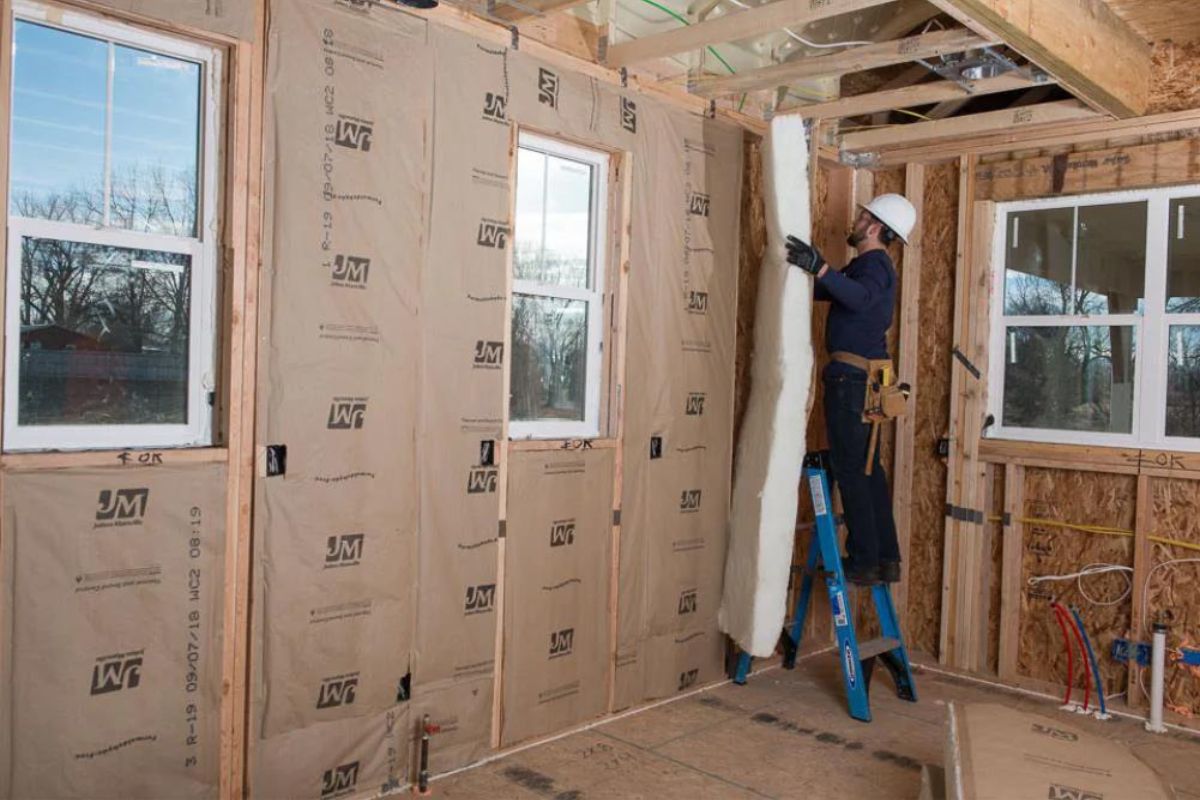
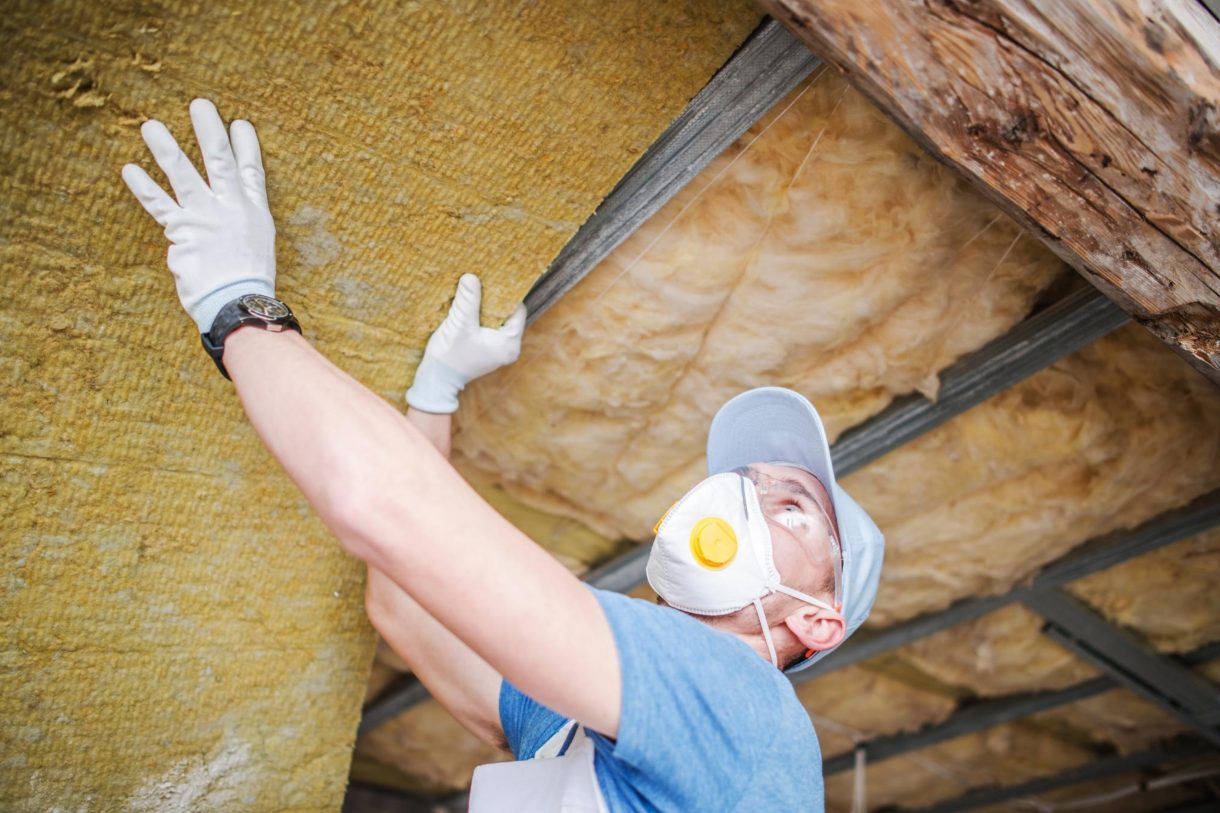
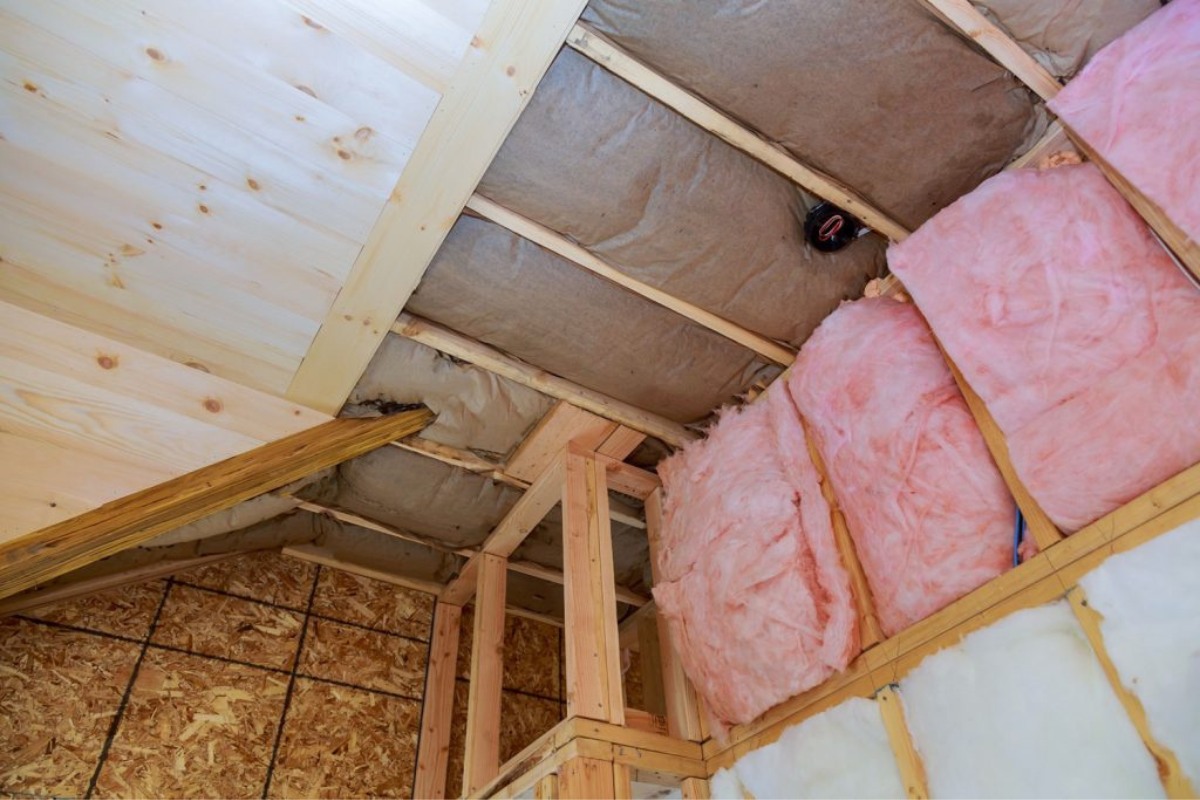
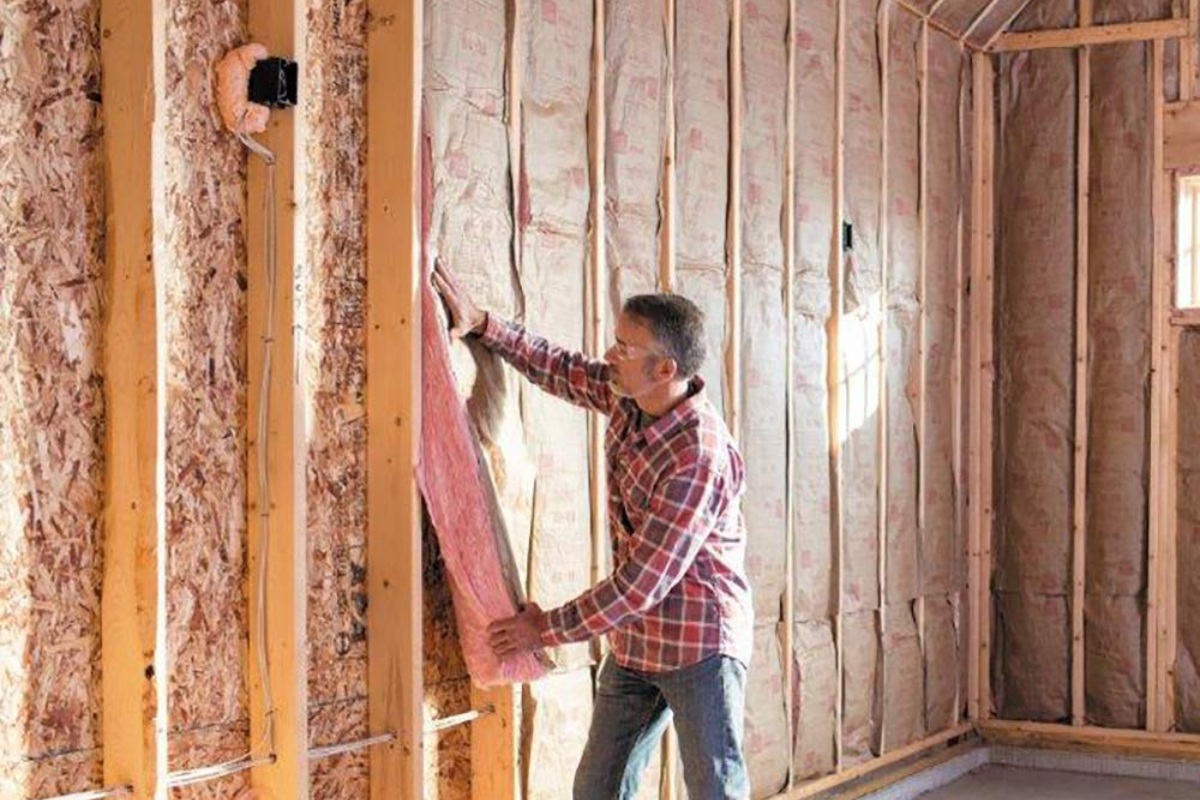
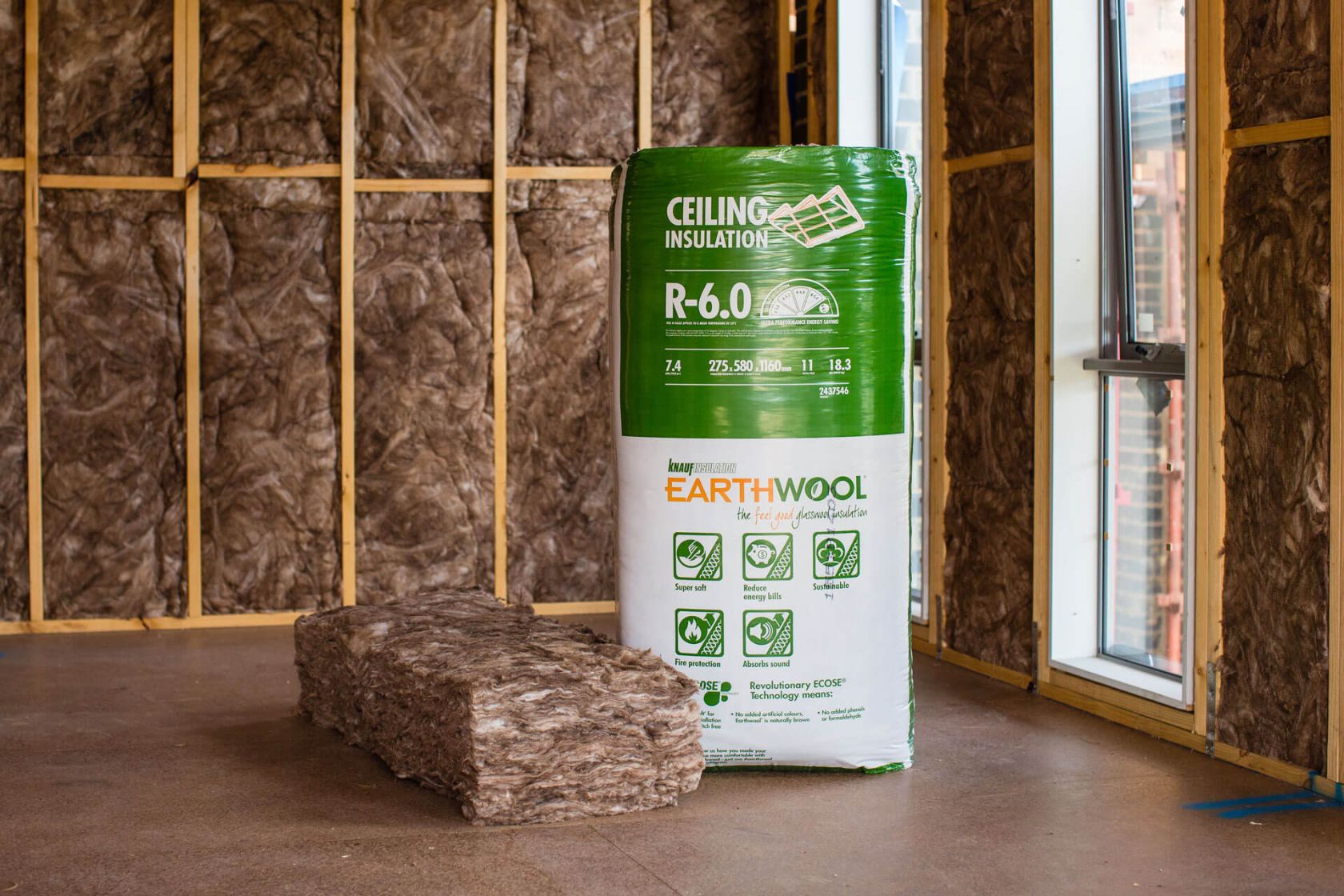
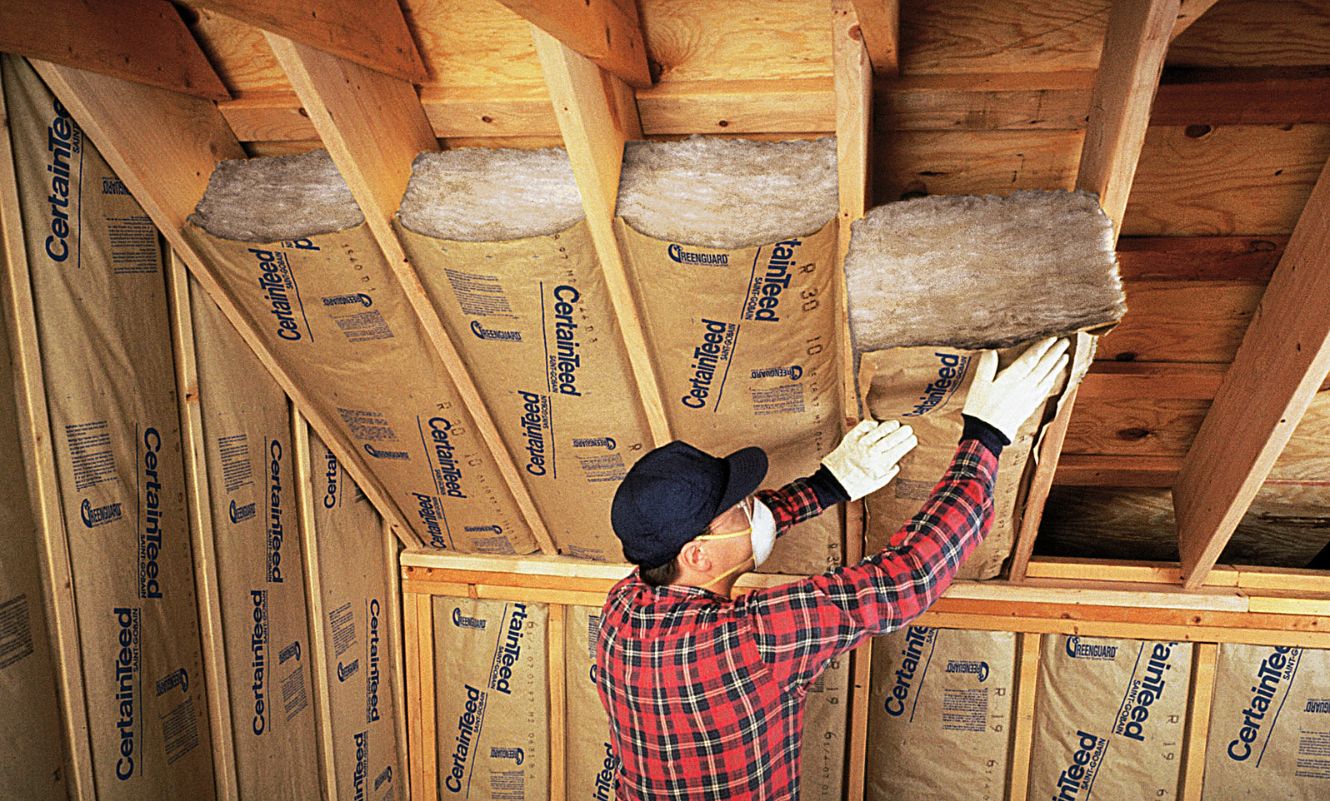
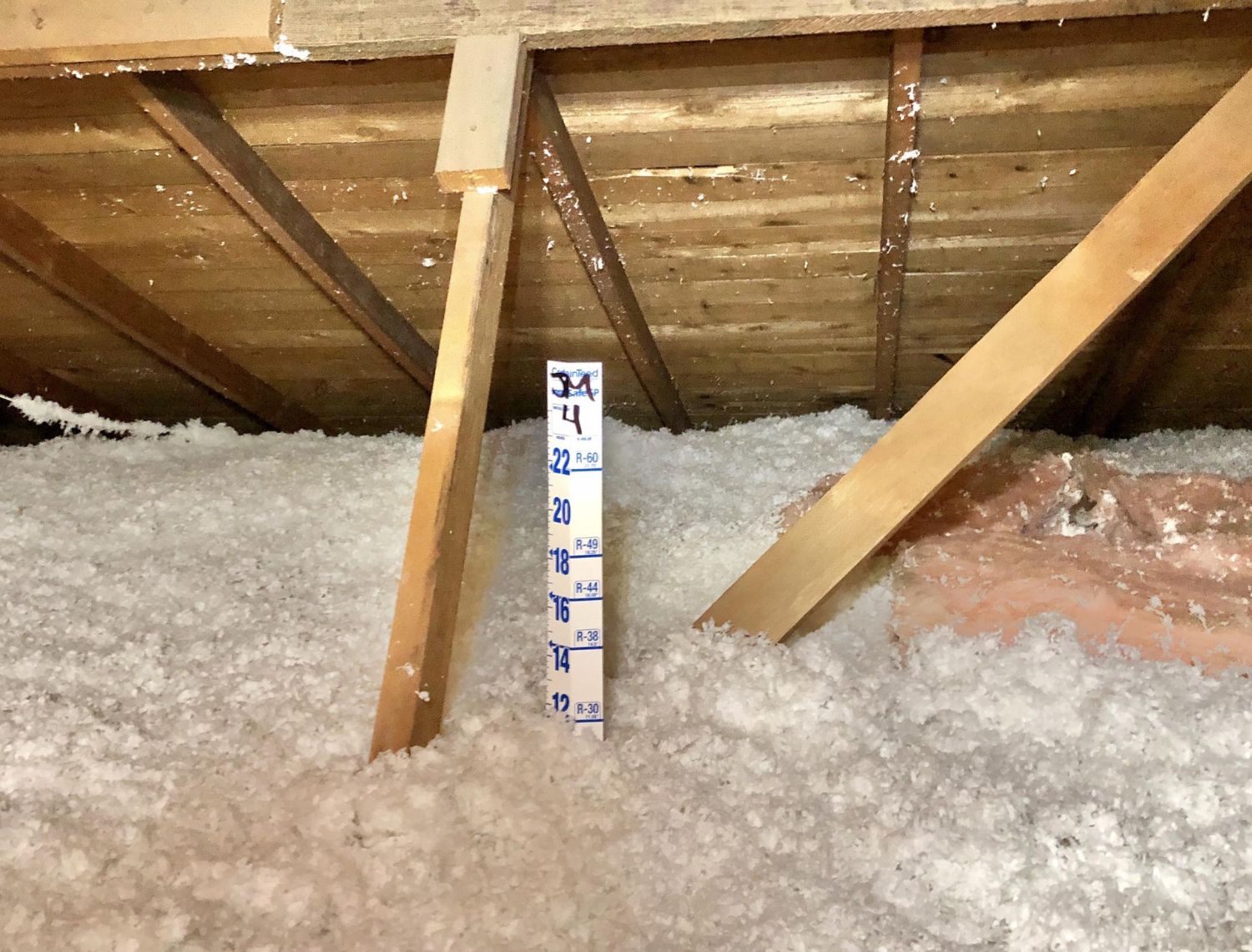
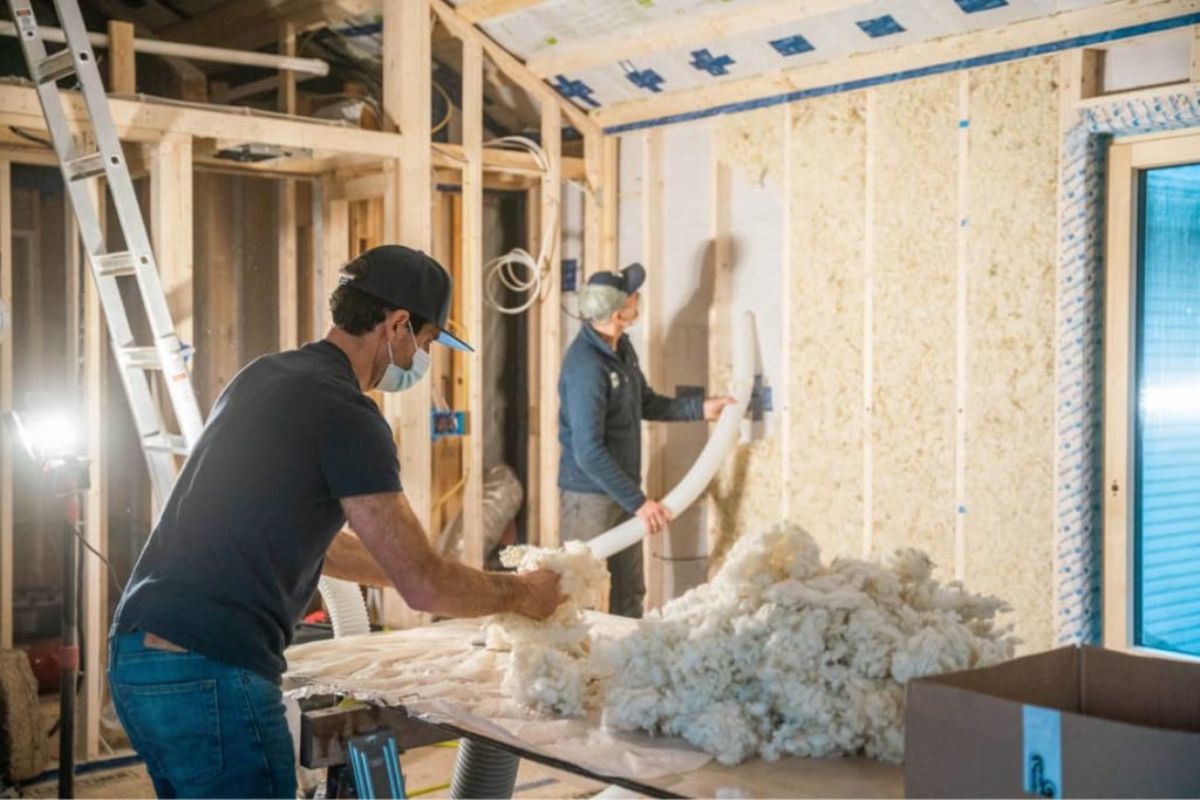
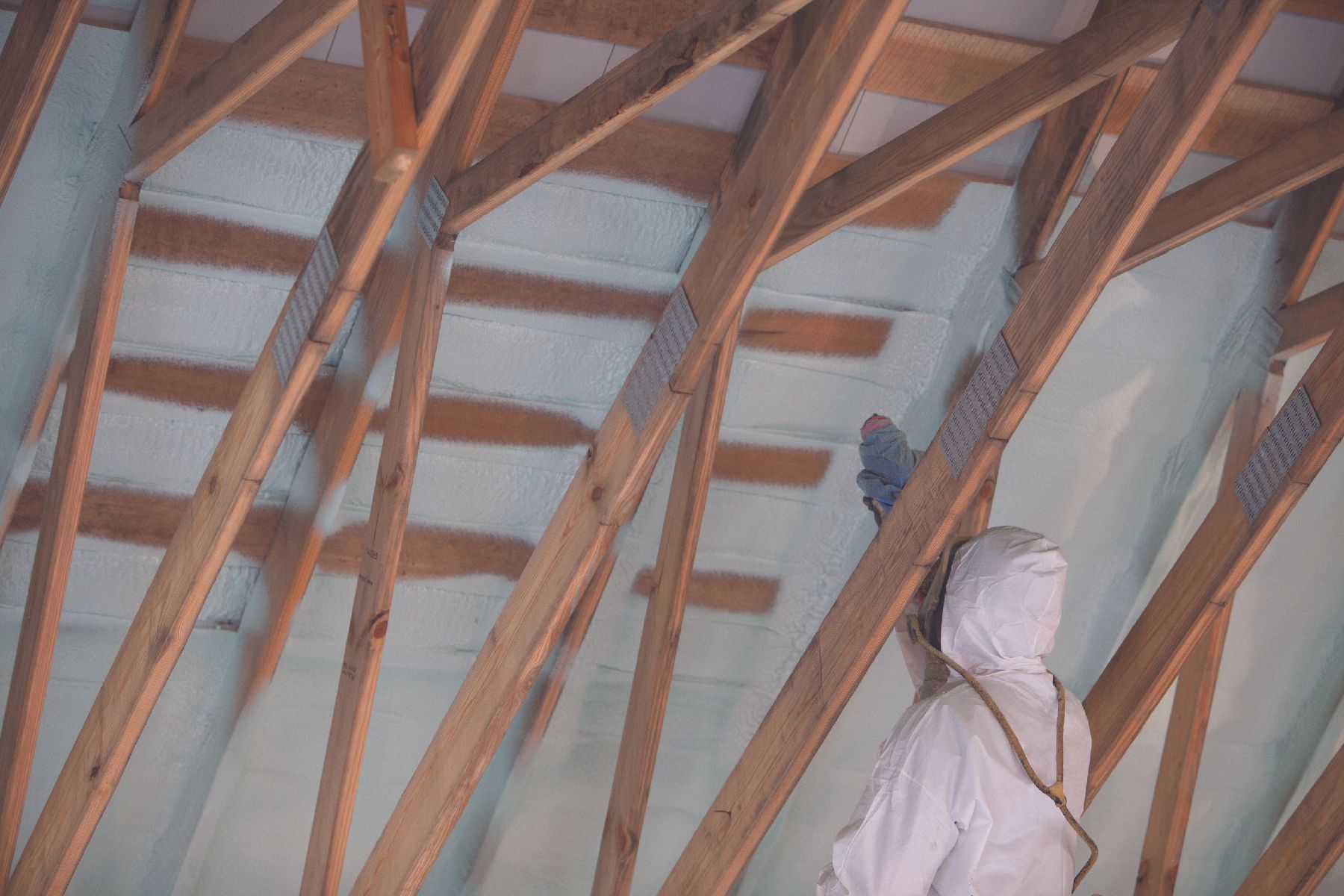
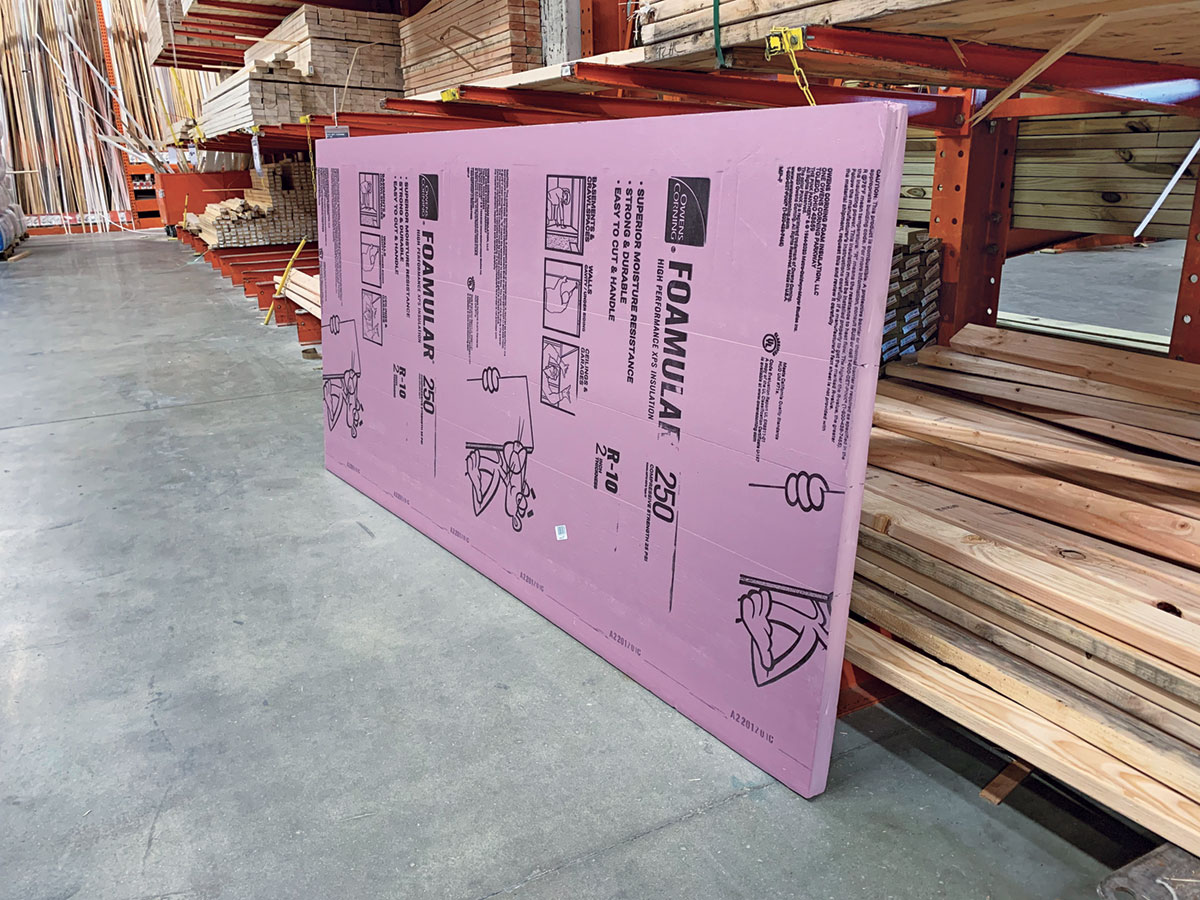
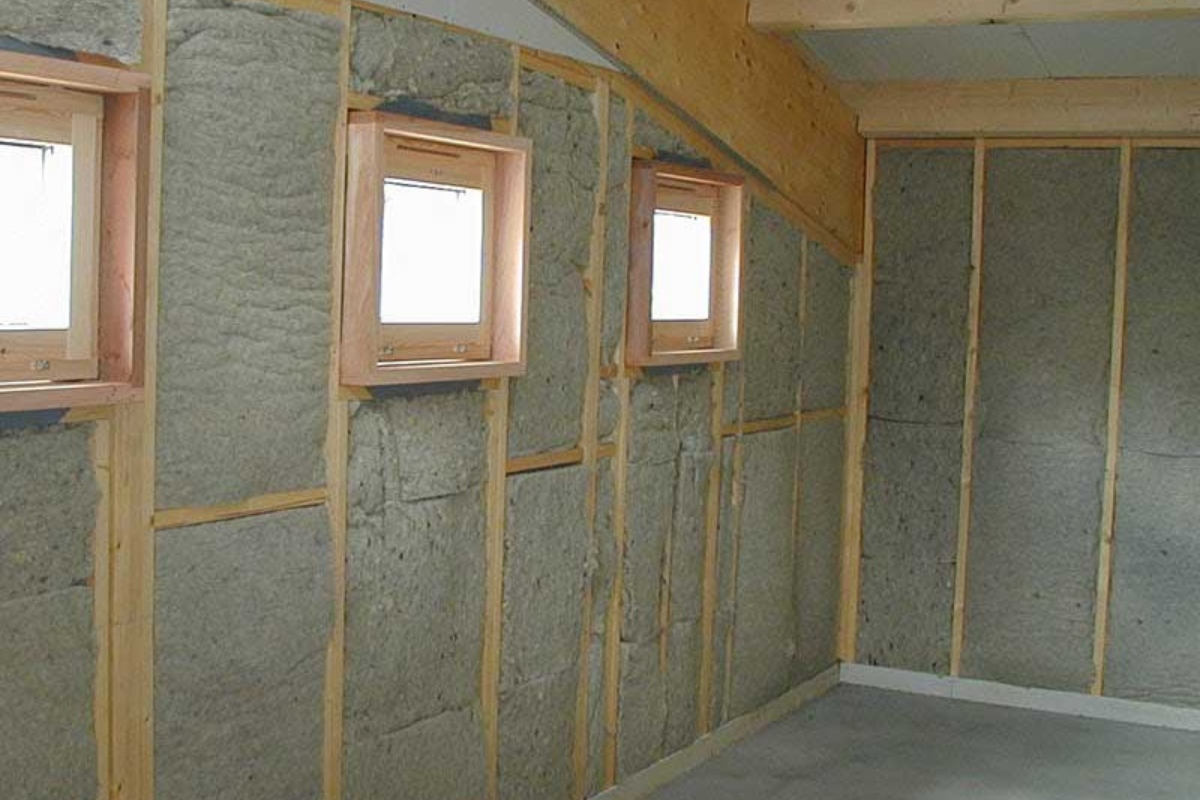
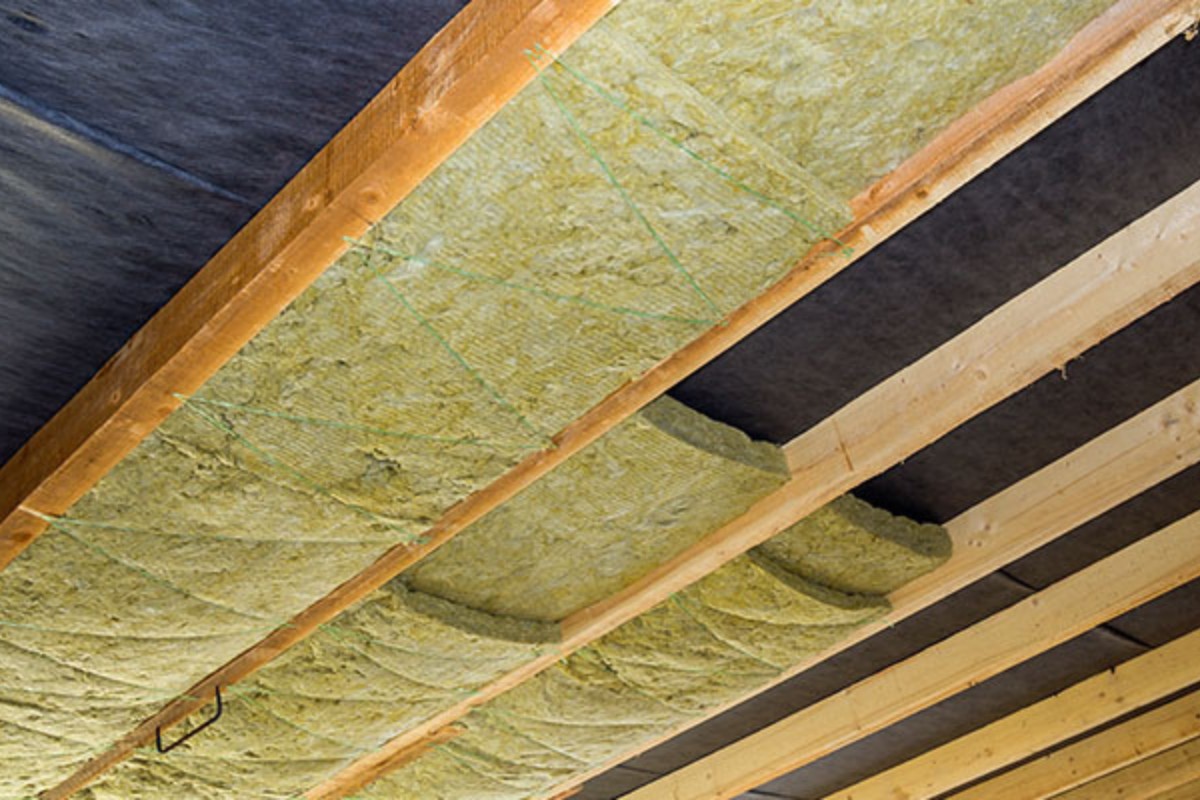
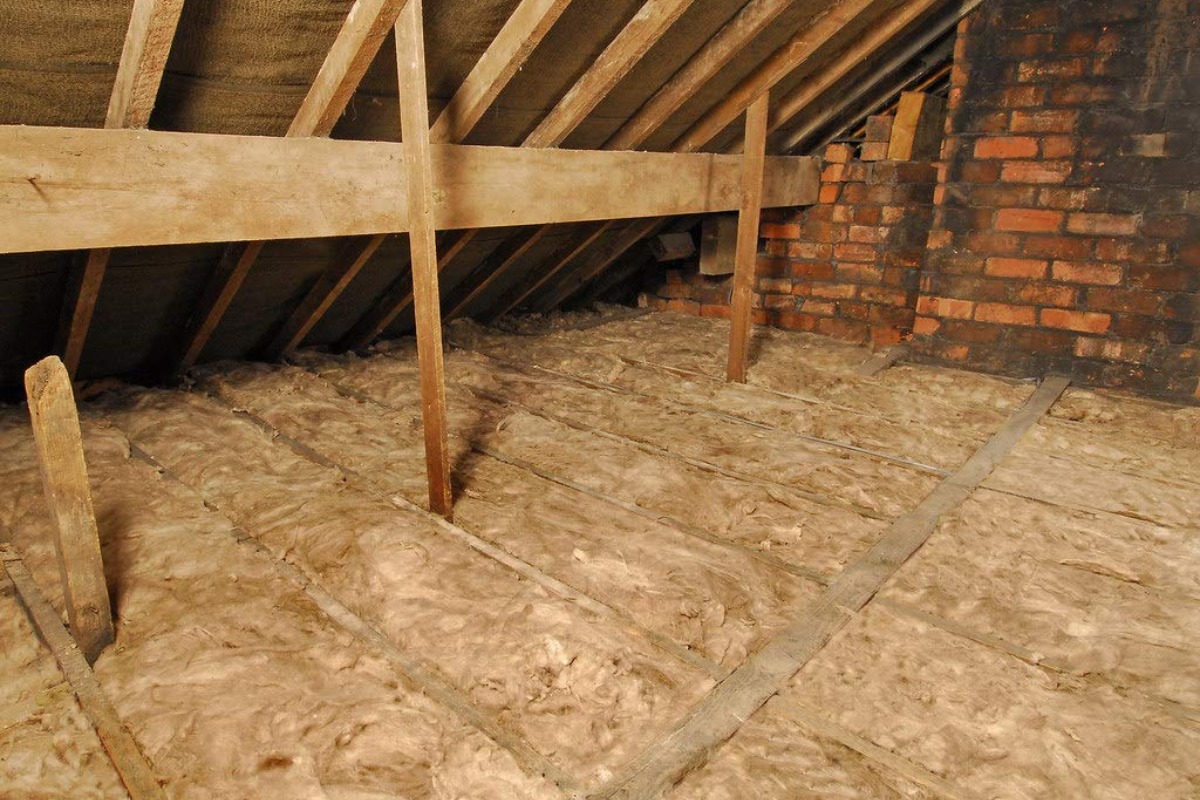
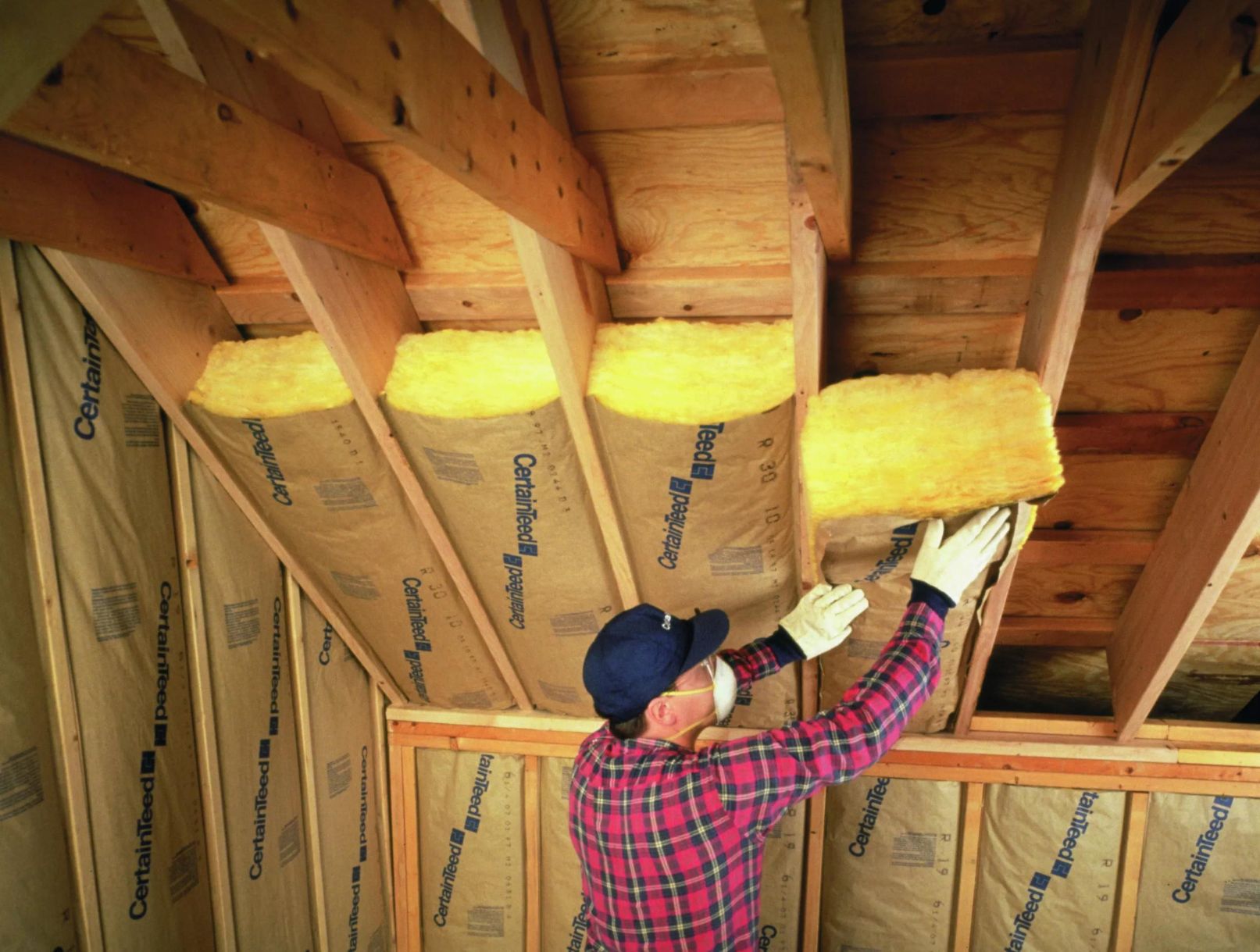

0 thoughts on “How Thick Is R-19 Insulation”